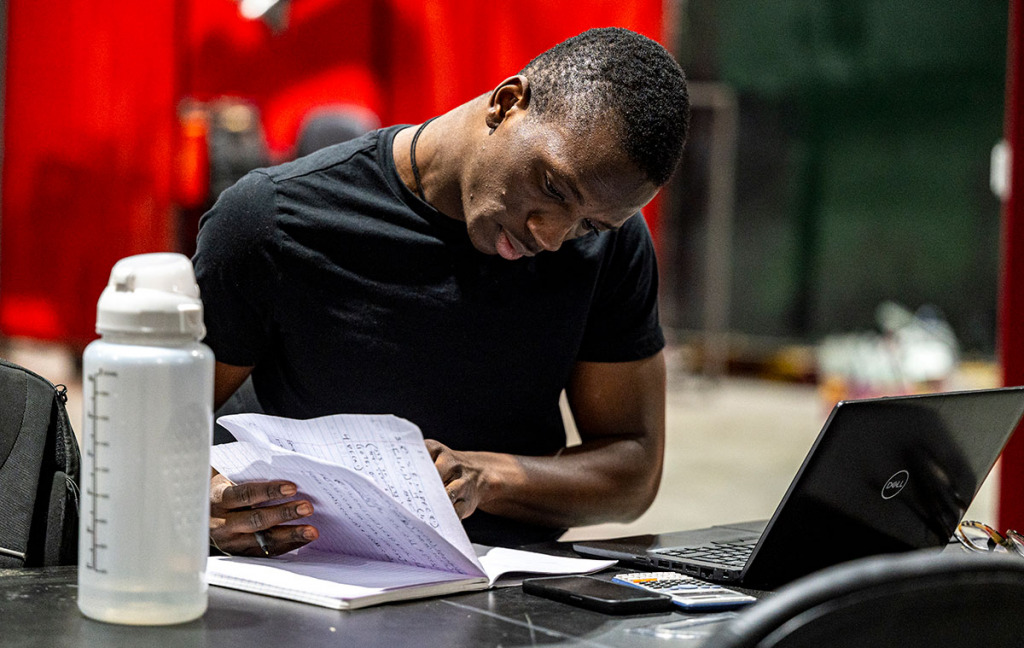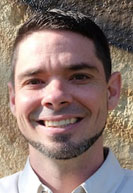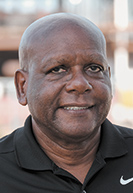Subscriber Benefit
As a subscriber you can listen to articles at work, in the car, or while you work out. Subscribe NowUndergraduates in the University of Indianapolis engineering school are getting a taste of practical experience through a program focused on connecting them with real-world clients.
Known as DesignSpine, university officials say the R.B. Annis School of Engineering is the only school in the United States that gives all engineering majors—freshmen through seniors—hands-on opportunities to work in teams to solve real world challenges. While many other schools, including Rose Hulman University and Purdue University, offer chances for their students to gain real world experience, those programs are often ancillary to other courses, whereas the University of Indianapolis program is the basis for the curriculum.
DesignSpine has been part of the University of Indianapolis engineering curriculum since the school was started in 2017, spurred by a $5 million gift from the Indianapolis-based R.B. Annis Educational Foundation.
The program focuses on project-based learning, which allows students to apply classroom learning to practical problems, ranging from finding new ways to kill cover crops on small farms to safely riveting materials in a factory to creating new designs for small utility vehicles used in impoverished countries—all projects students are actually tackling this year.
“We’ve designed the curriculum around this DesignSpine initiative,” said Associate Dean and Director of Engineering Ken Reid. “We said the first thing we should focus on is [practical experience], and everything else should be built around it.”
Every university has at least one senior design course in which prospective engineering graduates are tasked with taking on a project; that’s a requirement of schools that are certified by the Accreditation Board for Engineering and Technology. But Reid said DesignSpine’s unique approach gives students an earlier opportunity to work with potential employers and tackle practical challenges that coordinate with what they’re learning in the classroom.
The university’s roughly 200 engineering students are broken into groups of five to six, organized by class year. Each group includes students from across the school’s various disciplines: computer, electrical, general, industrial and systems, mechanical, and software engineering and computer science.
“Everything about the program is really interdisciplinary, and the beauty of it is, it allows students to learn—and learn from each other,” Reid said. “You may have one or two mechanical engineering students, and when the team hits an electrical issue, they’ve got to become familiar with it. It’s not just compartmentalizing it and giving it to an electrical student to solve—they’re working together, which is how engineers in the real world do it, too.”
Each project has a budget—typically in the $5,000 to $6,000 range—that is paid for by clients, who are responsible for the cost of all supplies plus what the school describes as a “relatively small fee” for the students’ work.
During the first semester of the two-semester course, students focus on tackling their problem on paper, through designs and schematic work. The second semester is largely focused on implementing a solution.
Each group also undergoes several so-called “gate reviews,” a standard process in the engineering industry for checking in on projects. Clients use the reviews to provide students with feedback, students use them to pilot new ideas, and the school uses them to expose students to an engineering process early in their education, Reid said.
‘Ready for the real world’
Several students in the program told IBJ part of what drew them to the University of Indianapolis was the hands-on opportunities they’re getting through DesignSpine.
Lucas Casper is a senior electrical engineering major from Columbus, Ohio, whose group is working with a UIndy professor in need of a control-system panel. Casper said the DesignSpine program offers a collaborative environment and allows him to work with engineering students he might not have an opportunity to otherwise.
“It gets you ready for the real world, and it gets you involved with working with manufacturers,” he said. “It gets students like us involved in hands-on building but also helps impart the technical side, learning about engineering standards and ways to improve your quality of work.”
Noah Cottongim, a sophomore mechanical engineering major from Martinsville, said he “really liked the idea of going into the designing and building of products right away, because that’s what I want to do” after graduation.
He is part of a group designing a manual crimper that small farms can use to prepare their soil for planting. Farmers plant cover crops, often grasses of some sort, between their cash crops’ planting seasons in order to slow erosion and improve soil health. The cover crop is crimped—crushed—when it’s time to prepare the field for planting the cash crop.
“I’ve never done anything like this before,” Cottongim said of the hands-on experience. “So I’ve really enjoyed working with our client. And my communication skills have vastly improved, as well. Working on a set goal project like this is a big deal for me [and] my classmates.”
‘A professional environment’
Kevin Allison, an urban soil health specialist with the Marion County Soil and Water Conservation District, is the client for the crimper project. The conservation district is a local subdivision of state government focused on helping farmers maintain healthy soil.
He said he’s been “extremely impressed” by the approach DesignSpine takes to engineering education, because it not only offers students an opportunity to work on projects but also offers clients a chance to provide unvarnished feedback and help educate the students, particularly in the gate-review process.
“It’s a really professional environment,” Allison said. “The professors in the engineering department give the students good feedback, and they allow [clients] to offer feedback, so it’s very interactive. The effort is there.”
He said the students in the crimper group also have spent time at a demonstration garden to fine-tune their ideas.
“They’ve asked me a lot of questions to set parameters about the tool, including what kind of cost restrictions and economic restraints there are,” he said.
The crimper was one of a couple of dozen proposals selected by the engineering program for the 2023-2024 academic year. And Allison said plenty of farms could use the tool.
“The idea behind this was to look at other designs and what’s already out there and take a fresh approach to it,” Allison said.
He’s shared the product concept with farmers across the Midwest. “What [the students] ended up landing on was to improve an existing tool [that] doesn’t have a patent … and really testing it and putting in good modifications. I think they’ll have a few orders waiting for them when it’s done.”
‘Taking a big-picture look’
Reid, who joined the program after seven years as an assistant department head in engineering at Virginia Tech University, said while UIndy’s engineering school is relatively small, the DesignSpine program sets it apart and gives students an advantage when it comes to applying for jobs.
In fact, during its first seven years, the engineering program has had a job placement rate of about 96% for students within a year of graduation.
Chuck Seymour, a test engineering manager for the Indianapolis operation of Florida-based Carrier Global Corp., said the opportunity for students to work with companies hands-on is invaluable for all involved—particularly at a time when his company is constantly looking for new employees.
“I hire a lot of early-career engineers, and every engineer I hire can do math and basic mechanical engineering concepts really well,” he said. “But what really separates [the best] new graduates, in my mind, is the team workers and the people who can communicate well so their ideas are understood by a wide facet of people.
“You can have all the information in the world,” he said, “but if you can’t communicate that information well to all of the company, then it doesn’t actually do any good.”
Seymour became involved in the engineering program as a client of the DesignSpine course after his daughter enrolled and he saw firsthand the value the school places on practical education.
“One of the shortcomings of [most] engineering kids that come out of a four-year program is not having spent more time on the practical side of things,” he said. “When you come into an organization, especially one that develops products like we do, and you have a basic understanding of the process from beginning to end, it’s more about taking a big-picture look versus a narrow scope of just engineering.”
John Thompson is chair and CEO of four Indianapolis companies, including First Electric Supply Co. and engineering firm CMID. He said the university’s approach is the right one to building top-class engineers in Indianapolis.
It puts University of Indianapolis students in a “much better spot,” because they have a relationship with some of the companies to which they might be applying, he said.
“I give them a lot of credit because … that is a very valuable approach,” Thompson said. “And that’s how engineering education should be. If you’re going into [a future] where you’re going to work for an employer and produce or develop products for customers, that’s the best way to go.”•
Please enable JavaScript to view this content.






